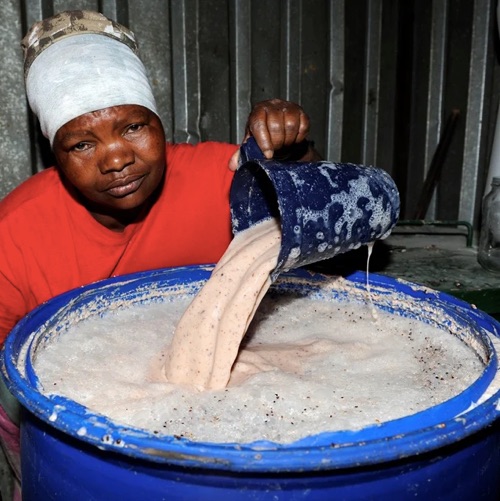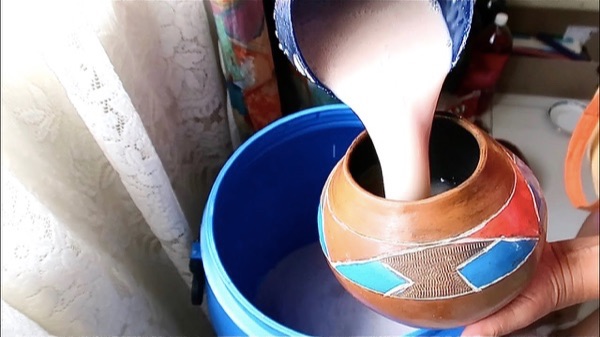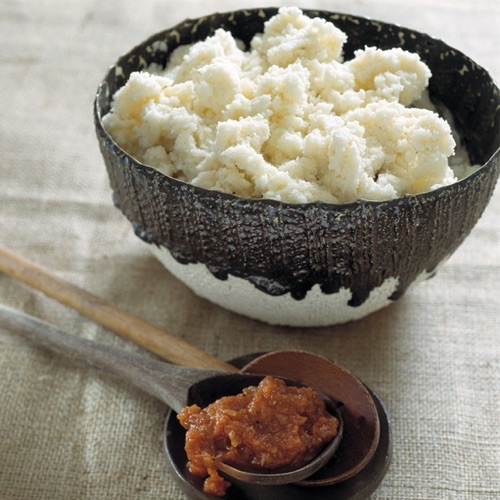Traditional Xhosa beer, umqombothi, is made from maize (corn), maize malt, sorghum, yeast and water. It is very rich in vitamin B. The beer has a rather low alcohol content (usually less than 3%) and is known to have a heavy and distinctly sour aroma.
The beer is light tan and opaque. It’s consistency is thick, creamy, and gritty (from the maize). Umqombothi costs less than commercial lager beers that are brewed from barley and flavoured with hop flowers.

A Simple Umqombothi Recipe
Below you’ll find a really simple umqombothi recipe. There are more complex versions of this brew but we prefer to keep things simple.
Ingredients
Umqombothi is a traditional beer brewed in various regions of Africa. The recipe is often passed down through generations, and the beer is traditionally prepared over a fire outside of the house.
You’ll only need three ingredients. 2kg or maize meal, 2kg of sorghum and 6 litres of water. You can also add maize malt. The maize provides a light-toned beer with a mellower flavour while the sorghum creates a darker drink. You can therefore adapt the quantities of each depending on how you prefer your brew.
The Process
Mix the ingredients in a potjie, which is a cast-iron pot native to South Africa. Add the warm water then leave the mixture overnight. As it fermenting, bubbles will appear and you’ll be able to smell a sour odor.
A small amount of the wort is taken out and saved to the side. The rest of the mash is cooked until a crusty layer forms on top. This food item is called isidudu and can be eaten as a type of oatmeal. If you’re looking to make beer, though, you’ll want to let the isidudu cool for at least one day.
Final Steps
After the mixture has cooled, pour it into a large plastic vat. Add the wort that was set aside and stir. Then, add a handful of sorghum and a handful of maize to the vat. Stir again with an iphini, a traditional stirring spoon. To retain heat, cover the vat with a lid and blanket.
To encourage fermentation, the vat is placed in a warm area overnight. The tried-and-true method of testing to see if the brew is ready uses matches.
If the match blows out as soon as it’s lit, that means the brew is ready. However, if the match stays lit, then unfortunately the beer isn’t quite there yet. The carbon dioxide produced by the fermenting mash prevents combustion of the match.

The strained beer is then filtered a second time through a metal strainer, to remove the spent grains. The sediment at the bottom of the vat is known as intshela and adding it to the beer mixture gives extra flavor.
The squeezed-out spent grains from the beer brewing process are traditionally cast onto the ground for chickens, and the brewer thanks their ancestors during this act.
The beer is strained and poured into a drum to be shared once it’s ready. This process is called gogogo. When friends or family come over to taste the new batch of beer, they usually bring a bottle of brandy as appreciation.
In Traditional Customs
Xhosa culture celebrates the home-coming of young men, known as abakwetha, after they have undergone ulwaluko (initiation) and religious male circumcision. Umqombothi is central to these celebrations.
This beer is very important in Zulu culture when someone contacts their ancestors, as it plays a central role in the social context. It is often used during customary weddings, funerals, and imbizos (traditional meetings).

Health Implications
A study from recent years found that sorghum and maize, two ingredients commonly used in umqombothi, are often contaminated by molds which produce mycotoxins.
Even though the beer itself is not contaminated with fungi, 33% of commercially brewed sorghum beer contained aflatoxins and 45% of home-brewed beers contained zearalenone or ochratoxin A (or both) in the final product.
Homegrown maize in the Eastern Cape province of South Africa has high levels of mycotoxins, which research suggests is linked to the cancer esophageal cancer.



